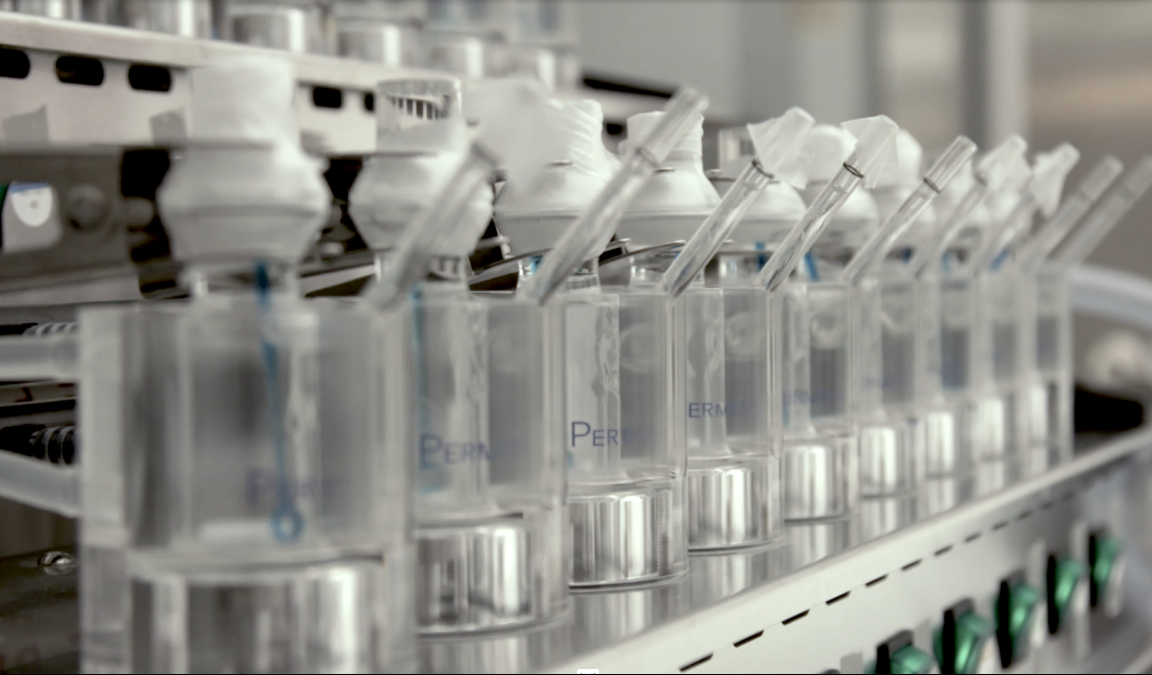Skin, our body’s largest organ, often serves as the window to our overall health. As the protective barrier against the external environment, it’s imperative that any products designed for it undergo meticulous testing. This is especially true for dermatological drug products, where safety and effectiveness are paramount. This article delves deep into the stages and nuances of dermatological drug product testing, ensuring that what we apply to our skin is nothing short of excellence.
1. The Starting Point: Selection of Active Ingredients
Before any drug hits the test labs, it begins with the selection of active pharmaceutical ingredients (API). The choice of API is based on its therapeutic value in addressing specific skin concerns, be it acne, eczema, or a novel skin condition.
2. Compatibility and Formulation Testing
Once the active ingredients are selected, it’s vital to ensure they are compatible with other ingredients, including preservatives and excipients. This stage verifies that the drug’s consistency, whether cream, gel, or ointment, aligns with its intended purpose and remains stable over time.
3. Microscopic Analysis
A closer look, quite literally. With the help of techniques like light microscopy, researchers can get a detailed view of the drug’s physical structure, ensuring uniform distribution of ingredients and absence of unwanted particles or aggregates.
4. Advanced Analytical Techniques
Leading dermatological research institutions employ sophisticated methods to validate the drug’s composition and quality. Techniques like High-Performance Liquid Chromatography (HPLC) ensure the drug contains the right concentration of API, while others like the Thermo Trace 1310 GC can detect any potential impurities.
5. Stability Under Varied Conditions
Dermatological drug products may be exposed to various conditions during their shelf life. Stability testing under varied temperatures and humidities guarantees the product remains potent, safe, and maintains its integrity throughout its intended lifespan.
6. Clinical Trials: The Human Test
While lab tests provide extensive data, the real test of any dermatological drug product is its performance on human skin. Rigorous clinical trials, conducted under strict guidelines, provide insights into the drug’s safety, side effects, and therapeutic efficacy across diverse populations.
7. Real-World Simulations
Dermatological drugs might often be exposed to factors like sunlight, air, or even the constituents of makeup. Real-world simulations test how these products react under such conditions, ensuring they remain safe and effective.
8. Post-Market Surveillance
The testing doesn’t stop once the product is on the shelves. Post-market surveillance ensures that any long-term effects or rare side effects are promptly identified, analyzed, and addressed.
9. Navigating the Regulatory Waters
Every test, every result is meticulously documented and presented to regulatory authorities like the FDA. Meeting their benchmarks is not just about compliance; it’s a testament to the product’s safety and efficacy.
Conclusion
The journey of dermatological drug product testing is a testament to the dedication towards ensuring safety and quality. It’s a rigorous, multi-layered process that intertwines science, technology, and an unwavering commitment to skin health. As consumers, understanding this process reinforces trust in the products we use, ensuring that we’re not only looking our best but are also in the best of health.

